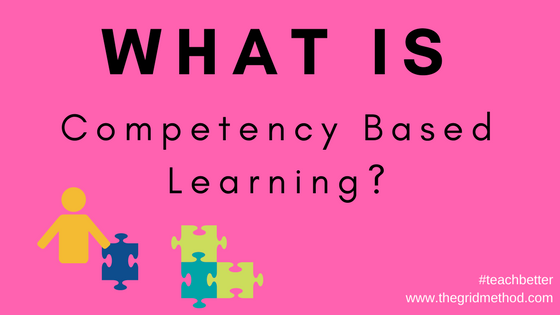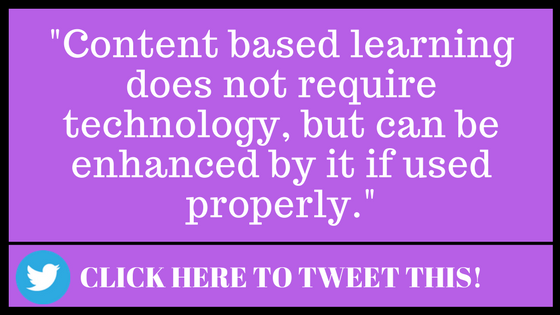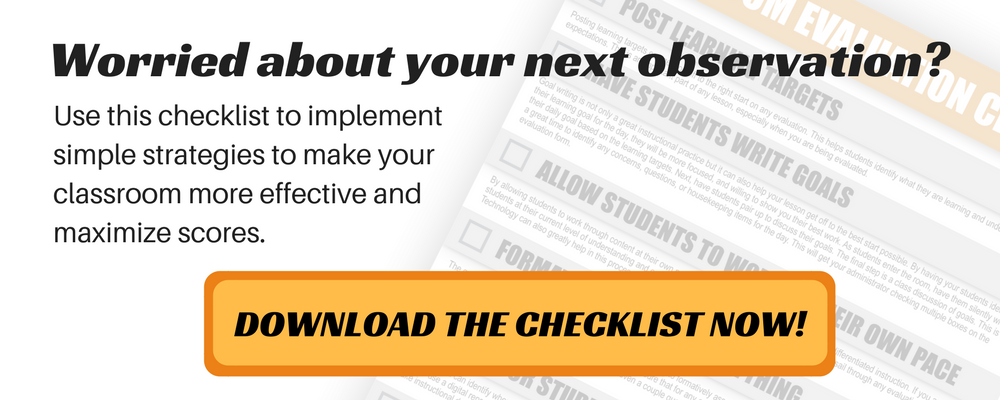Competency Based Learning (CBL) is gaining popularity and has been growing as more schools, districts, and educational systems realize the many benefits it offers.
Called by many names and crossing over many initiatives, including: Mastery Learning, Personalized learning, Formative Assessment, and Differentiation, competency based learning can truly help educators meet the needs of all students. This also begs that we understand what it is, and more importantly, what it isn’t.
What is Competency Based Learning?
The US. Dept. of Education defines Competency Based Learning as: “Transitioning away from seat time, in favor of a structure that creates flexibility, allows students to progress as they demonstrate mastery of academic content, regardless of time, place, or pace of learning (ed.gov).”
This simply means that the focus of instruction is on knowledge and mastery, over time spent on a topic. This is a powerful shift that can help personalize the learning experience for students and allow them to get what they need when they need it.
When CBL is properly implemented it can be a powerful change in any classroom. It can allow teachers to gather real-time data on student mastery, track understanding and need for intervention, and provide true differentiation based on data and feedback from learners. These classrooms are student-centered, learner-paced, organized, and productive spaces where ALL students can thrive, and productive struggle and failure are part of the learning process.
What Competency Based Learning Is NOT.
IT IS NOT – SELF TAUGHT – Competency based learning, even if it is self-paced, should never be considered “self-taught.” Competency based learning is something that should increase the student / teacher interaction in the classroom, not decrease it. It should allow real-time interaction based on need and interventions required. When CBL goes wrong it is a lot of times because the teacher is not taking an active role in the learning or the facilitation of learning in the classroom. I talk more about this here.
IT IS NOT – COMPUTER BASED LEARNING – Because technology and 1:1 blended learning go so well with the CBL model, often times they are confused with one another. I want to state this as clearly as possible here:
“Content based learning does not require technology, but can be enhanced by it if used properly.”
I have had the pleasure of seeing zero tech CBL classrooms and every level of tech integration to full 1:1. The common theme when these classrooms are successful is that the instruction and quality of teaching is not dependent on the technology, but rather enhanced by it.
IT IS NOT – ISOLATED LEARNING: Competency based or personalized learning, while focused on the individual, does not mean that students can’t work together or collaborate. And it doesn’t mean that there is never whole group discussion or activities. This is a huge misconception we’ve seen in a lot of classrooms. While most time can be spent on personalized learning within this context, a proper balance of collaboration, group work, and whole group instruction, especially when targeted and effectively utilized to meet student needs, is what makes competency based learning flourish.
IT IS NOT – DISENGAGED: While providing reading or a worksheet can be the easiest way to “individualize” instruction or independent work in a CBL classroom, these are not engaging activities for students and will destroy student motivation. Competency based classrooms should have just as many projects, collaborative activities, and kinesthetic options within their walls as traditional classrooms would. Engagement is perhaps the most important feature of student motivation and should always be a focus of instructional planning.
So whether you’re already a competency based educator, or in the beginning stages of considering it, don’t forget that even with proven methods there are things to consider before jumping in. Regardless of what your CBL classroom looks like, make sure it is always answering two simple questions: “What do my students need?” and “How can I provide it for them?”





